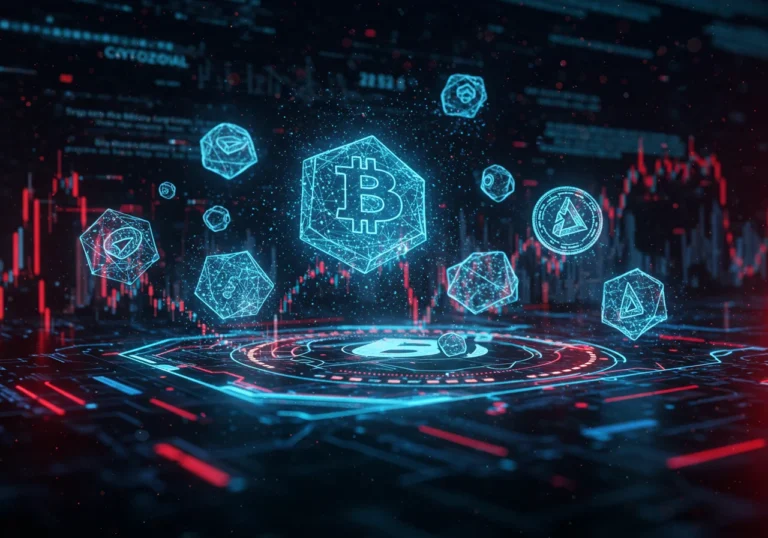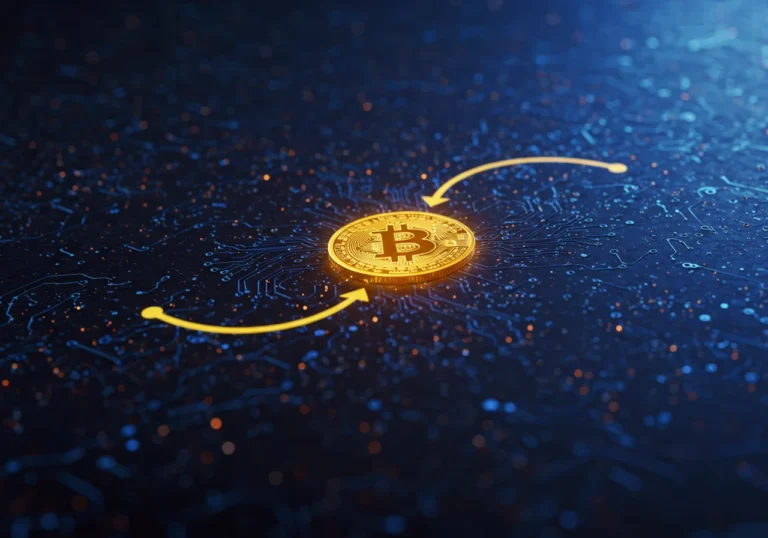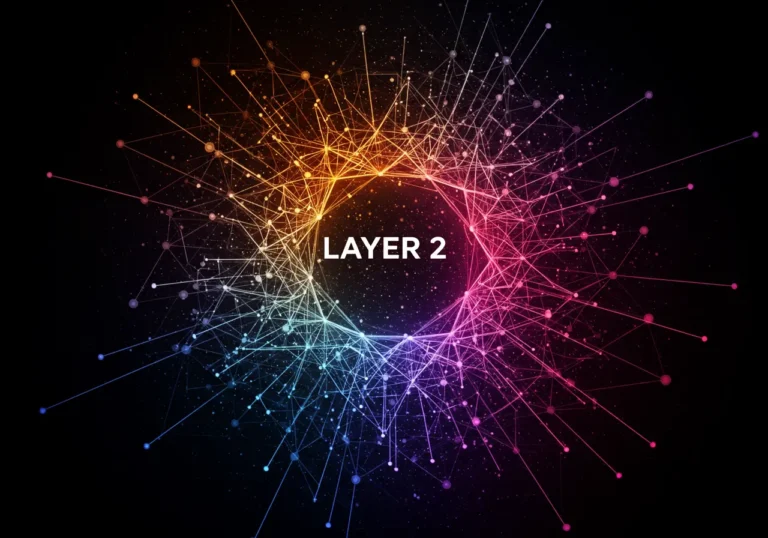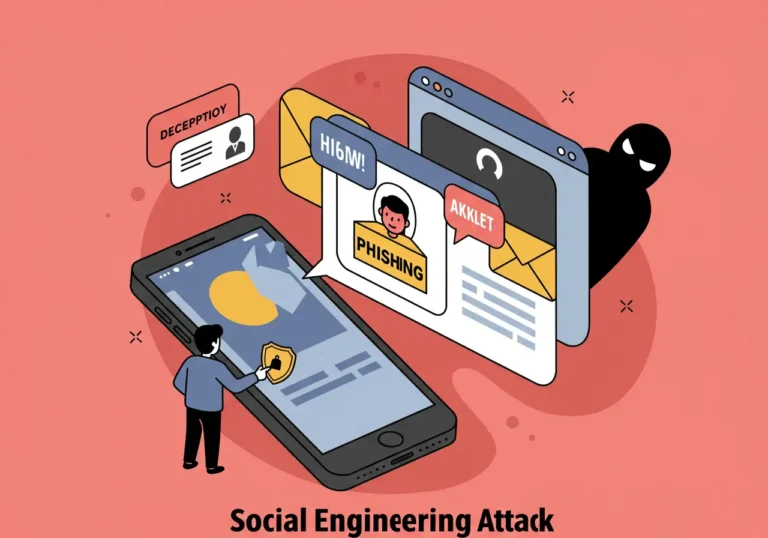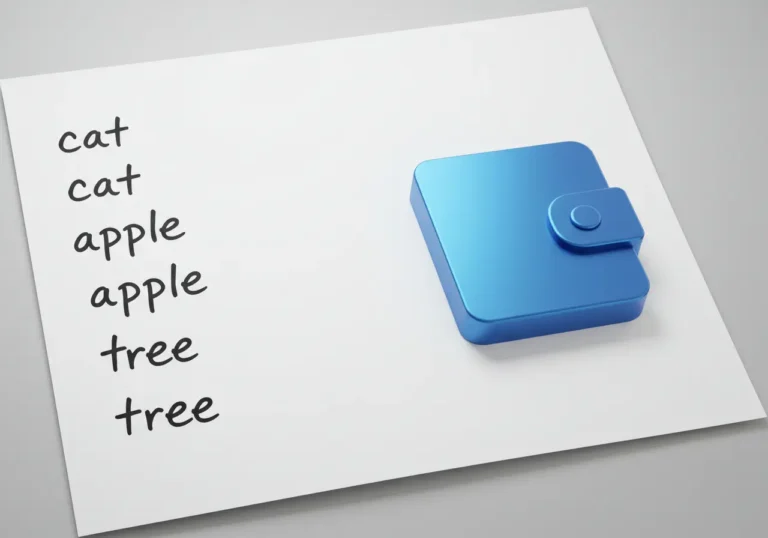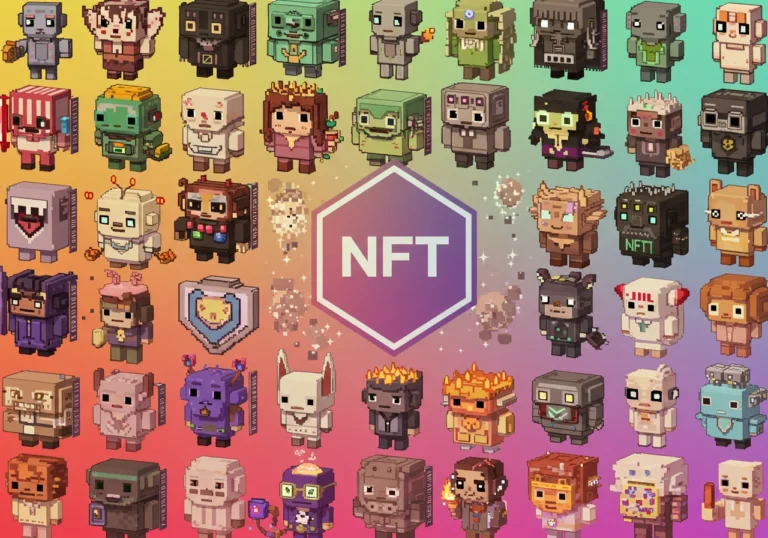Is Decentralization a Myth? A Deep Dive into Blockchain’s Biggest Debate
I remember the first time someone told me blockchain would fix everything. They said it like a promise. It sounded hopeful. It also sounded simple. But the more I read and talked to people, the more I saw how messy the idea gets in real life.
Decentralization can mean different things to different people. That single word carries big hopes — less control by banks, more power for users, systems that can’t be shut down by one actor. Those are good things. But they are not automatic. They are choices. And those choices have costs.
What people mean by decentralization
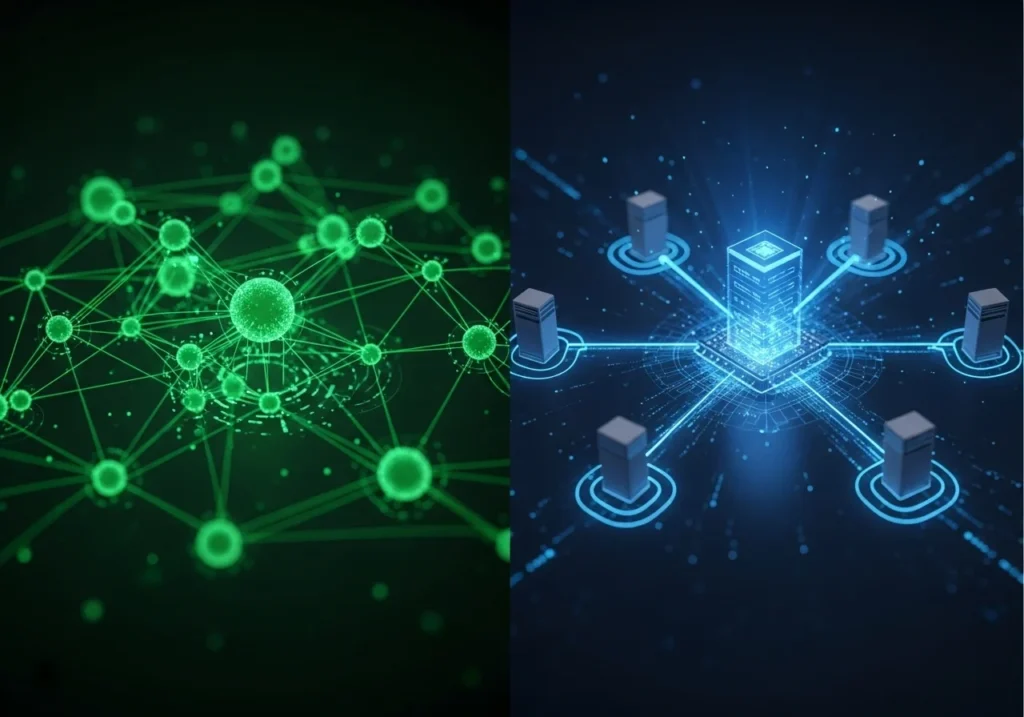
At its heart, decentralization is about who holds power and control. People usually mean one or more of these:
- No single person or company can unilaterally change the rules.
- Lots of independent participants run the network.
- Users keep control of their own assets and data.
- The system resists censorship and single points of failure.
These sound close, but they are not the same. A network might tick one box but not the others. The trick is to look at where control actually sits in practice.
Three places to check for real decentralization
When you want to judge a project, look at three layers: protocol, infrastructure, and governance.
Protocol layer
This is the code and rules everyone follows. If many people can run the same software and no one can change the rules easily, that’s a sign of decentralization here.
Infrastructure layer
This includes the computers (nodes), the miners or validators, and the companies hosting services. If most of the work is concentrated in a few hands or a single cloud provider, the system is less decentralized in practice.
Governance layer
Who decides what changes? Is it a small team, a foundation, or token holders spread across many wallets? Governance is where ideal and reality often split.
A network might be very decentralized at the protocol level but centralized at the governance level. That mix matters.
A short story to make it feel real
Think of a village with a single market. One person owns the market and sets rules. People get fed up. They try two things:
- Build a cooperative market with many stall owners making decisions together.
- Let everyone sell from their homes, but use a shared noticeboard for prices.
The first option spreads decision-making, but the board still meets and decides. The second option spreads control more but is messy to coordinate. Both reduce the power of the original owner, but neither is perfectly fair or efficient.
Blockchains are the same. They pick trade-offs between fairness, speed, and ease of use.
Real examples: where decentralization succeeds, and where it falters
Bitcoin
Bitcoin’s protocol is open and anyone can run a node. That’s decentralization at the protocol level. But mining power and large exchanges concentrate control, making the system less decentralized in practice.
Ethereum
Ethereum allows many apps to run on top. It’s decentralized in the sense that many people operate nodes, but core developer teams and major cloud hosts still play big roles.
Stablecoins and exchanges
Stablecoins often rely on a company holding reserves. Exchanges custody assets for users. These parts are centralized, even if they use blockchain tech.
How decentralization can be exaggerated
Some projects use “decentralized” as a marketing word. Watch for these signs:
- A handful of wallets own most of the tokens.
- The development team controls upgrades without real community input.
- Critical services run on a single cloud provider.
- The code is closed or rarely audited.
Real decentralization shows up differently. You’ll see many independent validators, open-source code, distributed infrastructure, and governance that actually changes things when people vote.
Trade-offs: why total decentralization is not always practical
Complete decentralization often brings friction. Decisions become slower. Upgrades require broad agreement. Fixing bugs takes time if every change needs a large vote. That’s not a flaw — it’s a consequence.
Many projects adopt hybrid models:
- Core teams maintain code while token holders vote on major shifts.
- Some services stay centralized for convenience (custody, customer support).
- The base layer remains decentralized while higher layers offer faster, cheaper options.
Those hybrids can work well. They accept that some centralization can be practical while still preserving important benefits of decentralization.
Simple checks to evaluate a project’s decentralization
Want to test a project quickly? Ask:
- Who owns the tokens? Is ownership concentrated?
- Who runs the validators or miners? How many independent groups?
- Is the code public and actively reviewed?
- Who controls upgrades and emergency responses?
- Are key services (wallets, exchanges) centralized?
If you want easy wins: prefer noncustodial wallets, run your own node if you can, and pick projects with open code and diverse validators.
Why people still care, even if decentralization isn’t perfect
Even imperfect decentralization gives options. It lets people choose custody, use services that don’t lock them in, and engage with governance if they want. For many users, that choice is the most valuable part.
Also, decentralization can reduce single points of failure. That matters when trust in institutions is low. A hybrid model can combine practical convenience with meaningful user control.
Governance matters — and it’s hard
Who has the last word? If a foundation or team calls the shots, you have centralization at governance level. If token holders vote, you might still face concentration because big holders can dominate. Many projects use a mix: active developers handle day-to-day and token votes steer big moves.
Good governance needs transparency, clear processes, and checks against capture. Without those, decentralization is only a word.
Small signs that show a project is genuinely decentralized
- Many validators spread across different countries and organizations.
- Token distribution that avoids a few dominant wallets.
- Open code and independent audits.
- Governance that has influenced past decisions.
If a project demonstrates these, it’s likely more genuinely decentralized than projects that just claim the word.
The near future: how decentralization might evolve
Expect more nuance:
- Layered systems will let users choose between speed and decentralization.
- Better governance tools may allow faster decisions without central control.
- Interoperability will reduce single-chain dominance.
- Regulation will shape how decentralization is used and where centralized services remain necessary.
This will be messy — but progress rarely feels tidy at first.
Short conclusion: it’s not a myth, but it’s not absolute
Decentralization is real in parts and aspirational in others. It’s not a binary, and it’s not magic. It’s a set of design choices with trade-offs. To say it’s a myth misses the meaningful gains blockchains have already given. To say it’s perfect misses the practical problems we still face.
Ask specific questions. Look where the control actually lies. Choose the level of decentralization that matches your needs.
Remember
- Decentralization is about who controls the system.
- Check three layers: protocol, infrastructure, governance.
- Many networks are decentralized in design but centralized in practice.
- Look for diverse validators, open code, and distributed governance.
- Hybrid models are common and often sensible.
- Ask clear questions before trusting a project.
FAQ
Q: Can a single person or company ever truly control Bitcoin or Ether?
A: Not easily. The protocol and many nodes resist single control, but in practice, concentrated mining pools or dominant exchanges can exert influence.
Q: If a project uses the word “decentralized,” can I trust it?
A: Not automatically. Check token distribution, validator diversity, open-source code, and governance records.
Q: Is decentralization always better?
A: Not always. It brings resilience and censorship resistance but can slow decisions and increase complexity. Balance matters.
Q: How can I support decentralization as an individual?
A: Use noncustodial wallets, run a node if practical, participate in governance, and favor projects with transparent processes.
Q: Will governments stop decentralization from working?
A: Governments can regulate services around decentralized tech (exchanges, custodial wallets). But decentralized protocols themselves are harder to shut down. Expect adaptation and new rules.

Hello, I’m Edmilson Dias, founder of CoinBringer. I created this platform to guide people through the fast-moving world of cryptocurrency with clarity and safety. With years of research in blockchain and digital security, my goal is to translate complex topics into practical knowledge, offering reliable tutorials, safety insights, and guidance for both newcomers and experienced users.
Discover more from CoinBringer
Subscribe to get the latest posts sent to your email.


